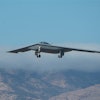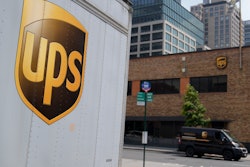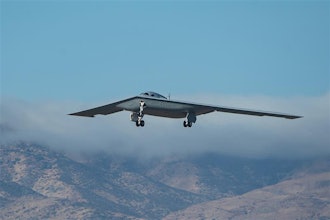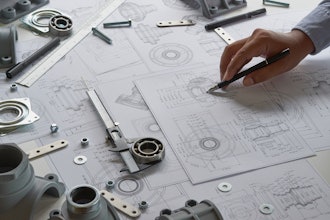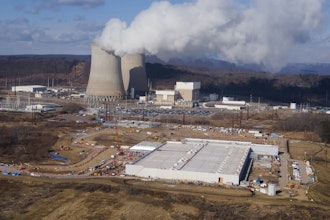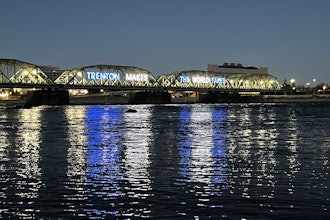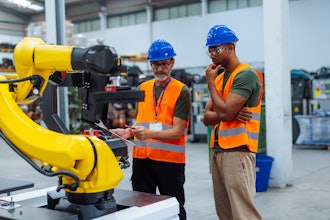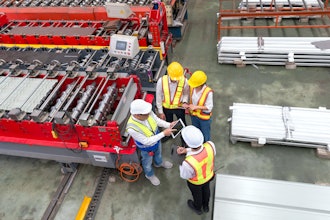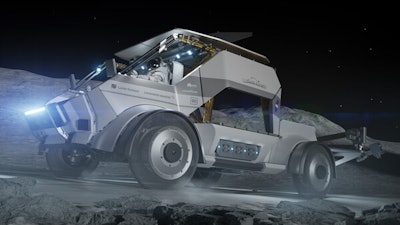
NASA has awarded a Lunar Terrain Vehicle Services (LTVS) contract to the Lunar Dawn team, led by Lunar Outpost as the prime contractor along with its principal partner Lockheed Martin and teammates General Motors (GM), The Goodyear Tire & Rubber Company, and MDA Space.
The Mission
This next-generation Lunar Terrain Vehicle (LTV) will enable the exploration of the surface of the Moon in unprecedented fashion as part of NASA's Artemis campaign. It will dramatically extend the range that astronauts can travel from their landing sites as they perform high-priority science investigations on the Moon. When not in use by NASA, the LTV will provide commercial services, contributing to a more accessible and sustainable cislunar economy.
The Vehicle
The Lunar Dawn LTV will afford Artemis astronauts with an experience rooted in safety and convenience, including a flight deck-forward design that provides expansive views for navigating the challenging lunar environment.
"These unique technologies will enable the future of critical infrastructure required for a sustainable presence in space where humans can live, work far from Earth," said Kirk Shireman, vice president of Lunar Exploration Campaigns at Lockheed Martin. "Lockheed Martin is thrilled to be combining expertise with a diverse set of companies to embark on this next generation rover that will expand exploration and our understanding of the lunar surface."
The Lunar Dawn team's vehicle exceeds all the requirements set forth by NASA and was designed with mission growth capability in mind. Several of the vehicle's capabilities and features include:
- Advanced autonomous navigation and operation, with or without astronauts onboard.
- Capabilities for robust and diverse commercial use, including a reconfigurable cargo bed that allows for the changing of payloads with its robust robotic arm.
- The ability to not only survive, but to operate, during the two-week long lunar nights with temperatures down to -280 degrees Fahrenheit; this novel technology extends mission life from days to many years.
The Industry Team
The Lunar Dawn team is comprised of titans of their respective industries, who have been selected for their leading technology and proven ability to deliver space systems that can reliably operate in the toughest conditions.
As the lead of the Lunar Dawn Team, Lunar Outpost is pioneering a new teaming paradigm for the space industry. Lunar Outpost brings its speed and agility, track record of venture capital investors, keen understanding of the commercial market and direct lunar rover experience to this program. Lunar Outpost specializes in advanced spacecraft and robotic systems. As the only company presently contracted to design four lunar rovers and two already built and qualified, Lunar Outpost is the leading commercial planetary mobility provider. Lunar Outpost's commercial Lunar Rover missions reaching the Moon this year will serve as LTVS pathfinder missions that enable the team the exclusive ability to test technologies and gather data to further the LTV development.
- Lockheed Martin brings decades of experience delivering highly complex deep space vehicles including the complexities that come with human space flight on programs like Orion, Human Landing System Cislunar Transporter and planetary missions such as Lucy and OSIRIS-REx.
- General Motors is bringing its advanced Ultium EV battery technology along with extensive chassis and suspension development heritage. General Motors' experience on Lunar Surface mobility goes back to their contributions to the wheels, motor, and suspension of NASA's Lunar Roving Vehicle during the Apollo Program.
- Goodyear is developing the rover's tires leveraging years of experience in lunar mobility, dating back to Apollo missions.
- MDA Space draws from decades of experience in human spaceflight robotics and is providing the robotic arm and robotic interfaces, enabling a versatile ability to place and maintain commercial payloads.

